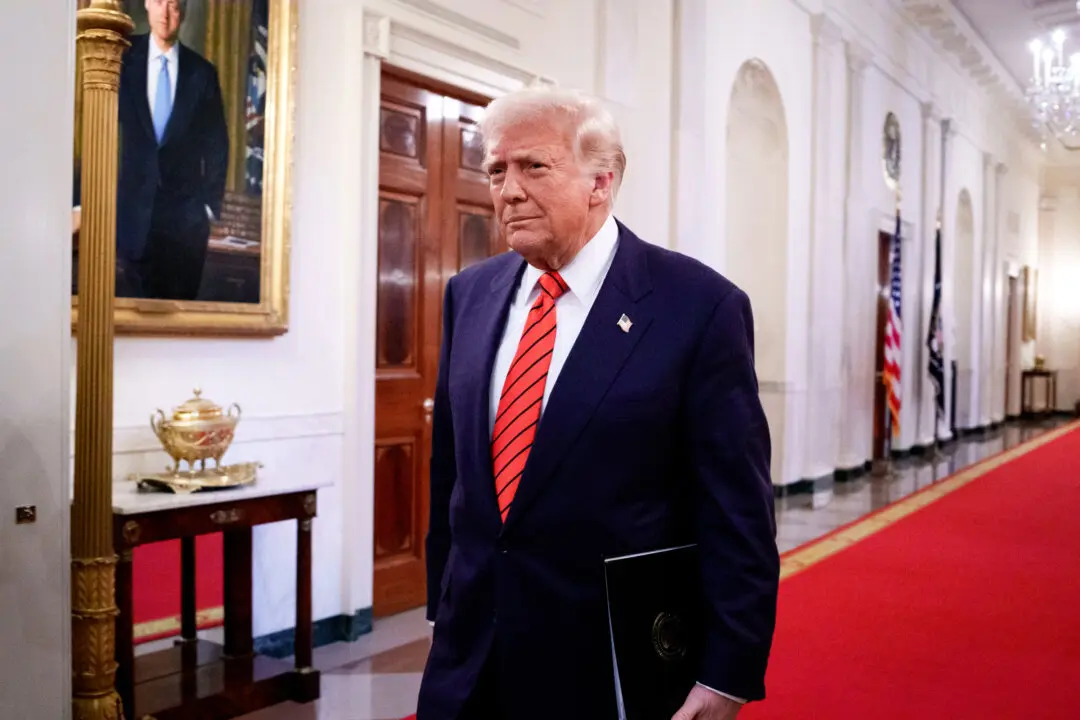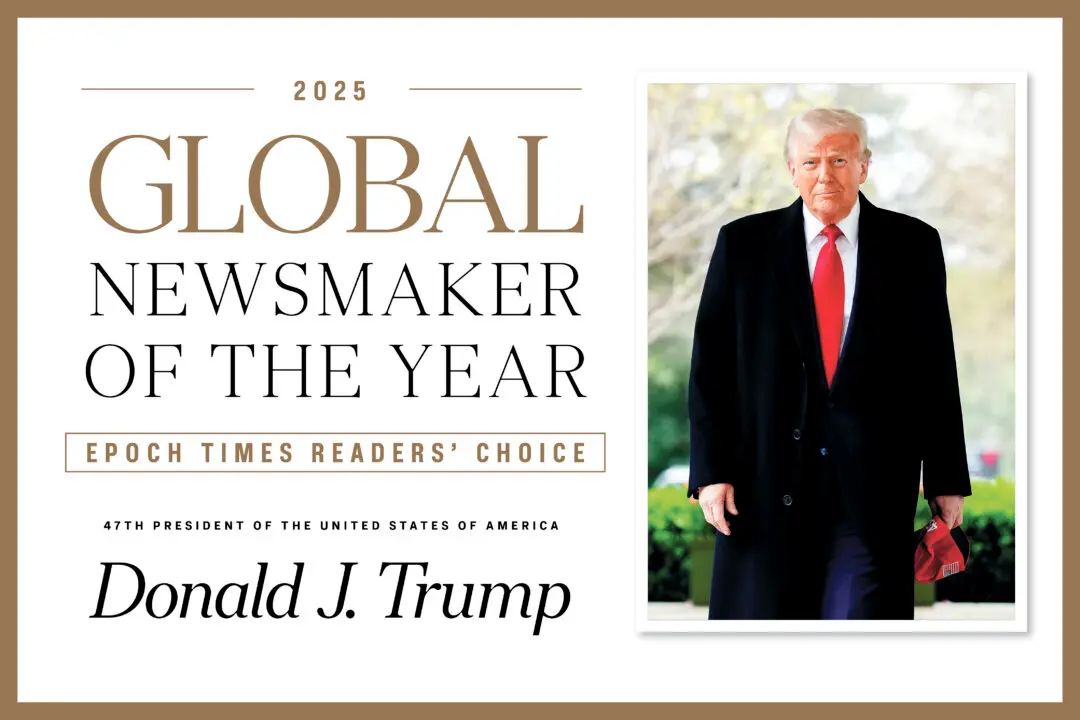WASHINGTON—The United States is back as the “most competitive economy” in the world, reclaiming the No. 1 spot for the first time since 2008 in the World Economic Forum’s (WEF) annual global survey. However, there is a real challenge in maintaining that position, as the United States keeps losing its capability for innovation in addition to its factories, experts warn.
The United States is at the pinnacle of global success, according to WEF’s 2018 survey, which ranks countries according to 12 drivers of competitiveness. America tops the list of 140 countries in business dynamism, labor markets, and the financial system. In addition, it has near-perfect scores on innovation and market size.





